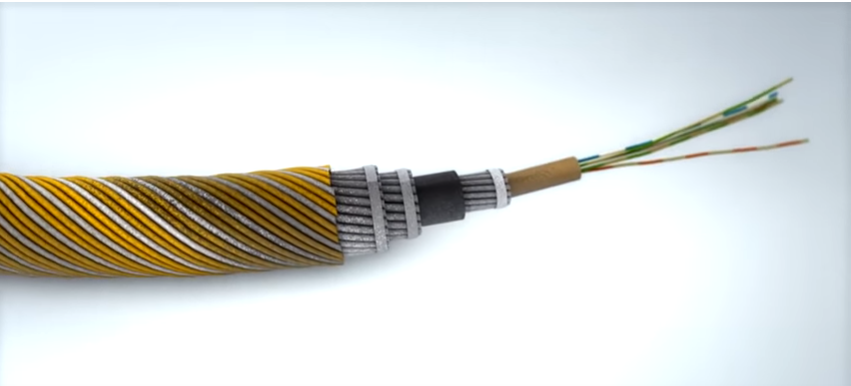Africa is on the verge of getting faster and improved internet services as Nokia and Angola Cables have announced the test of Nokia’s Photonic Service Engine 3 (PSE-3) chipset. The test is for the first direct optical connection between the USA and Africa.


The test which is scheduled to run on the trans-Atlantic SACS (South Atlantic Cable System) cable will provide a direct, low-latency route to better serve the growing internet demand on the continent.
Low latency networks greatly improve performance in applications such as cloud computing. While Africa already has low latency network connection, this development is expected to further improve its capacity.
According to Nokia’s Head of Optical Networking, Sam Bucci, Africa is a prime market for strategic growth for the company, and the test will help to deliver enhanced service.
“Africa is a strategic growth market for Nokia across both our core CSP and webscale businesses. We are proud to partner with Angola Cables to apply our ground-breaking PSE-3 technology to a unique and challenging subsea route, helping to deliver enhanced services to a rapidly developing part of the world.”
Sam Bucci, Nokia’s Head of Optical Networking
Global internet service is largely dependent on subsea fibre-optic cables and not communication satellites as many people believe. A subsea cable which can send up to 3,480 gigabits of data per second per optical fibre is responsible for more than 99% of international data transmitted.
According to ITU, the number of internet users has increased exponentially in sub-Saharan Africa, from 10% registered in 2010 to over 28% in 2019. This makes advancement in subsea connectivity essential to the continuous access to global internet to increasing African internet users.


The Nokia PSE-3 chipset provides an energy efficiency enhancement scheme for Internet data to be sent through fibre optics. This means that the fibre optics used to transfer data from Africa will be simpler, have more capacity, and transmit with more speed.
Also, through probability constellation shaping (PCS), the technology allows telecommunication companies like MTN who was recently affected by the breakage of subsea cable to easily reroute data in their network. This would prevent internet lag or breakage.
Similarly, it will reduce the operational cost as well as simplify the technology behind transcontinental data, making it easier to manage.
The new services will leverage the interconnection of two existing subsea cable systems – SACS and MONET to provide internet speeds of up to 300 Gbps per optical wavelength between Miami, US and Luanda, Angola.







